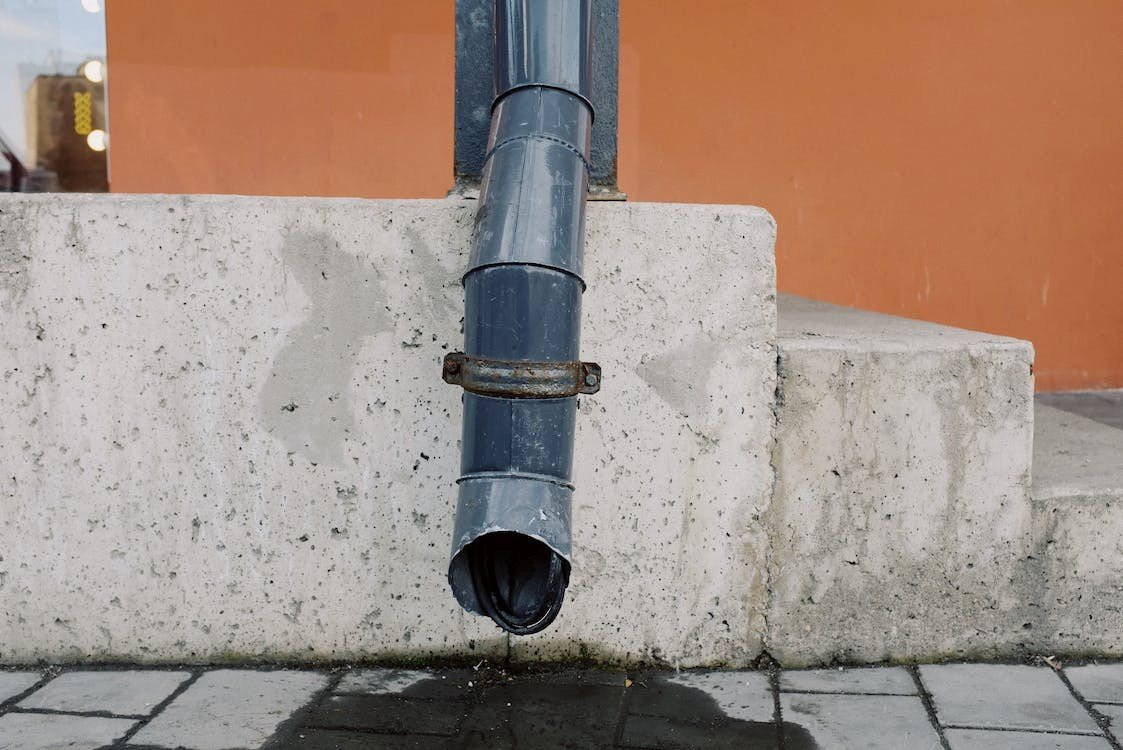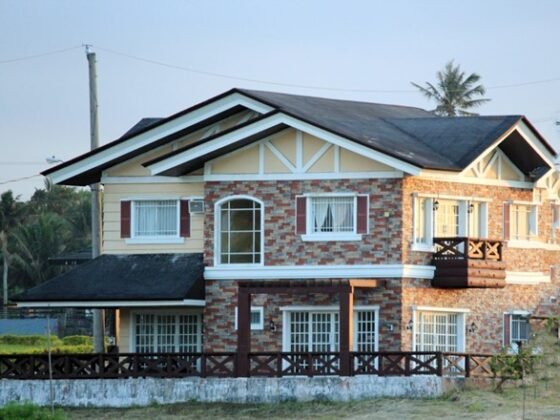Table of Contents Show
Plumbing systems are the unsung heroes of our homes, silently working behind the scenes to provide us with clean water and efficient drainage.

However, just like any other system, they are not impervious to problems, so as a homeowner, it’s essential to be vigilant about them.
Recognizing and addressing plumbing issues early on can save you from costly repairs and prevent potential water damage.
In this article, we will explore 7 plumbing issues that homeowners should watch out for and provide tips on how to handle them effectively.
1. Clogged Drains
Clogged drains are indeed a frequent plumbing issue that can disrupt our daily routines.
They can occur in various areas of the house, such as sinks, showers, and toilets, and are often the result of the accumulation of various materials.
Drain clogs in kitchens and bathrooms are caused by food particles, grease, and oil.
To prevent buildup, avoid pouring grease or oil down the drain, use a strainer or cover, and clean with hot water and vinegar.
In bathrooms, hair, soap residue, and personal care products can also cause clogs. Regular flushing with hot water helps dissolve buildup.
Clogged drains can be dislodged using plungers or drain snakes, but be cautious not to damage pipes and avoid excessive force or improper use.
However, if the clog persists or if you are unsure about using DIY methods, it’s best to seek professional help. If you live in the San
Francisco Bay Area, the region’s older infrastructure, combined with factors like hard water and household waste, can contribute to drain clogs.
To work with leading companies like Bellows Plumbing, Heating & Air, go online and search for Bellows Plumbing Heating & Cooling. Their team should be able to solve any plumbing issues you throw at them.
2. Leaky Faucets
Leaky faucets are one of the most common plumbing issues encountered in households.
The incessant sound of water droplets may seem like a minor annoyance.
However, a single faucet dripping at a rate of one drip per second can waste around 3,000 gallons of water in a year!
The main culprits are usually worn-out washers or faulty seals within the faucet mechanism.
Over time, the constant turning on and off of the faucet causes the rubber or silicone washers to deteriorate, resulting in water leakage.
Additionally, sediment buildup can also contribute to the problem by obstructing the proper sealing of the faucet components.
The issue can be resolved by replacing the affected parts. Taking care of leaky faucets promptly will not only conserve water but also lower your utility bills.
3. Running Toilets
A running toilet can also lead to considerable water wastage and an increase in your water bill.
It occurs when water continues to flow into the toilet bowl even after the flushing process is complete.
A running toilet can be caused by a faulty flapper valve, a rubber or plastic component at the bottom of the tank, and sealing the flush valve opening.
Over time, it can become worn, warped, or misaligned, causing water leakage.
The fill valve controls water flow, and if not functioning, continuous water flow may cause the toilet to run.
Replacing worn-out toilet tank components is simple, as hardware stores carry replacement parts.
Consult a professional plumber for the correct parts in case you cannot fix it yourself.
This prompt action not only saves water but also helps to prevent potential water damage to your bathroom floor or surrounding areas.
4. Water Heater Problems
One of the common problems with water heaters is insufficient hot water.
If you are running out of hot water too quickly or the water is not getting as hot as it used to, there may be underlying issues at play.
Over time, minerals and debris accumulate at the bottom of the water heater tank, which hampers heat transfer and reduces the available hot water capacity.
Flushing the tank periodically can help remove this sediment and restore the water heater’s efficiency.
Leaks in water heaters can cause damage and increase energy consumption. Regular inspections and prompt addressing are crucial to prevent further damage.
Malfunctioning thermostats can affect performance, and improper adjustments can lead to complications.
Consult manufacturer instructions or seek professional help for proper maintenance.
Regular maintenance of water heaters includes flushing, checking for leaks, inspecting burners, and ensuring proper insulation.
Consult a professional plumber for expert diagnosis and safe repairs.
5. Burst Pipes
Pipes bursting is a plumbing emergency that can lead to severe water damage and costly repairs.
Freezing temperatures are a major cause of burst pipes, as the water expands and exert pressure on the pipes, causing cracks or ruptures.
To prevent freezing, insulate exposed pipes, keep temperatures above freezing, and open cabinet doors.
Moreover, older pipes are more susceptible to bursting, so inspect them by a professional plumber.
Excessive water pressure can also strain pipes, so consider installing a pressure regulator or having one installed by a professional.
To minimize water damage from a burst pipe, shut off the main water supply and contact a professional plumber.
They will assess the damage, identify the burst pipe(s), and take necessary steps to repair or replace the issue.
6. Low Water Pressure
A decrease in water pressure from faucets and showerheads can be a frustrating issue that affects your daily activities.
Mineral deposits in pipes can cause reduced water pressure, especially in hard water areas.
To address this, clean faucet aerators and showerheads by soaking them in vinegar and water, then gently scrub them.
Reattach the components and test the water pressure. Hidden leaks in the plumbing system can also cause low pressure, and a professional plumber can detect and repair the leak using specialized equipment.
Low water pressure can also be caused by municipal water supply issues, such as maintenance or repairs. Check with your neighbors and contact water utility companies for widespread problems. Professional intervention is needed to diagnose and resolve low water pressure due to plumbing issues.
7. Sewer Line Backups
Sewer line backups are among the most undesirable plumbing issues homeowners can face.
When a sewer line becomes blocked or damaged, it can lead to a messy and potentially hazardous situation.
Sewer line backups can occur when multiple drains in a home back up simultaneously, causing gurgling sounds, foul odors, tree root intrusion, clogs, and damaged pipes.
Tree roots can cause blockages, while clogs can impede wastewater flow.
Damaged pipes can also result from shifting ground, freezing temperatures, or construction work.
It’s crucial to address sewer line backups promptly to prevent further damage to your plumbing system and avoid health hazards associated with wastewater backups.
Regular maintenance, such as periodic sewer line inspections and cleaning, can help prevent backups and identify potential issues before they escalate.
Conclusion
Being aware of these seven common plumbing issues can empower homeowners to take proactive measures and minimize the potential for costly repairs and water damage.
Regular maintenance, prompt action, and seeking professional help, when needed, are essential to maintaining a functional and efficient plumbing system in your home.
Remember, if you’re unsure about handling any plumbing problem, it’s always best to consult a qualified plumber.









